You Love Your 4K TV. Are You Ready For 8K?
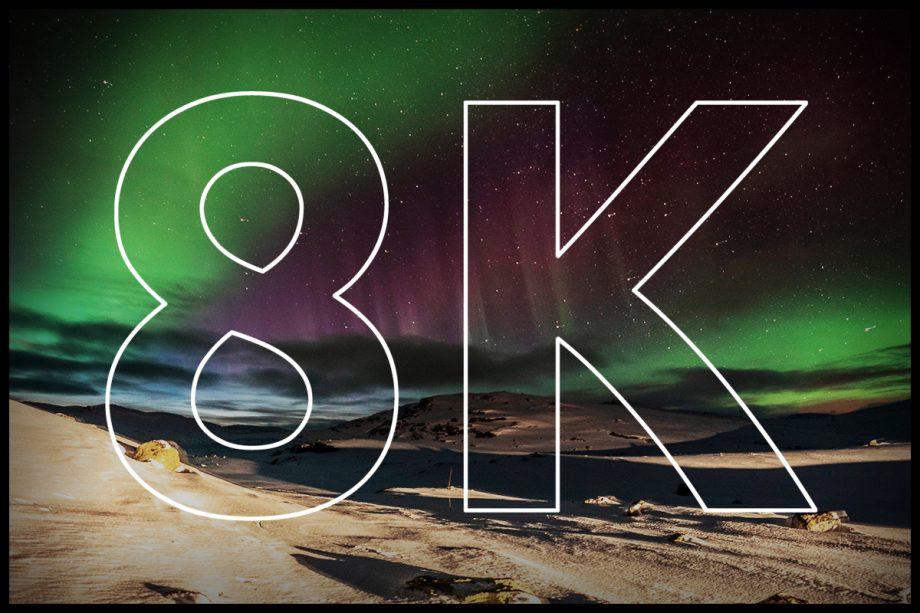
8K TV Is Here | What You Need To Know
It seems like just yesterday the 4K TV was all the rage. Ultra clear images bursting with high resolution colors and shades would fill the room with light, and our hearts with joy. Gaming consoles for 4K adapted to it, releasing more and more high quality games and services to accommodate. Television channels for streaming in 4K even upgraded their capabilities in order to deliver the highest quality services possible. Just when we start to get used to 4K resolution, 8K TV technology is here.
From 1080p to 4K: The Path to 8K TVs

From those three light bulbs in the back of the television formulating an image, to the millions of little LEDs in 4K and 8K TVs today, advancing the quality of cinema has been a long journey. Before the release of 8K television, we had the development of 4K TV displays. 4K resolution has 8 million pixels on the display, offering beautiful and clear images. Before that, we were given 1080p HD television, which was the true turning point in television and video quality. When 1080p TVs came out, TV providers had to upgrade their channels to be able to support such "high" resolutions.
This jump started the race for the best quality picture, as well as the thinnest TVs. We went from those massive tube televisions, to some so small that they can be hidden in a picture frame. In fact, some of the newer upscale TVs can shut off and display pictures, and have a frame! You wouldn't even know it was a TV if nobody told you.
What Makes 8K TVs Different and Are They Worth It?

The newest and most high resolution picture comes from 8K TV technology. With 4 times as many pixels in the same sized image as one offered by a 4K TV, 8K resolution is nearly flawless. If you look close enough at a 4K image, you can just make out a kind of screen-like haze. This comes from the human eye being so powerful so as to be able to discern different pixels. The 8K image's pixels are so robust that with the amount of pixels and LEDs in 8K TVs, the hazy screen-like imperfection is non-existent. There are 33,177,600 pixels in an 8K display. Let that sink in.
Right now, TV and streaming services do not have 8K as a standard resolution. The new gaming consoles with 8K support, like the PlayStation 5 and the Xbox 2, will support 8K, but remember, you need the console, the TV, AND the game to support streaming in 8K at such high quality. The amount of pixels in an 8K image would take any hardware not set up for it a long time to render pixels and images, causing the quality to suffer. For now, your 4K TV will work just fine and produce very near the same quality picture as you would get from the upgrade. While I am super excited for 8K TV technology, I will wait a while before upgrading, when the newest gaming consoles are released late 2020.
Frequently Asked Questions-FAQs
Q: Is it worth upgrading from 4K to 8K?
A: It depends on your needs. While 8K offers incredible detail, most content today is still optimized for 4K. Unless you're gaming or futureproofing, 4K may be sufficient for now.
Q: Can the human eye tell the difference between 4K and 8K?
A: At typical viewing distances, many viewers won’t notice a major difference. However, on larger screens or at closer ranges, 8K can appear sharper and more immersive.
Q: Do Netflix or YouTube support 8K streaming?
A: YouTube supports limited 8K content, but Netflix and other platforms haven’t rolled it out broadly. Bandwidth and hardware are key limitations.
Q: Are there 8K gaming consoles?
A: Yes. Consoles like the PlayStation 5 and newer Xbox models support 8K output—but you’ll need compatible games, HDMI 2.1 cables, and an 8K TV.


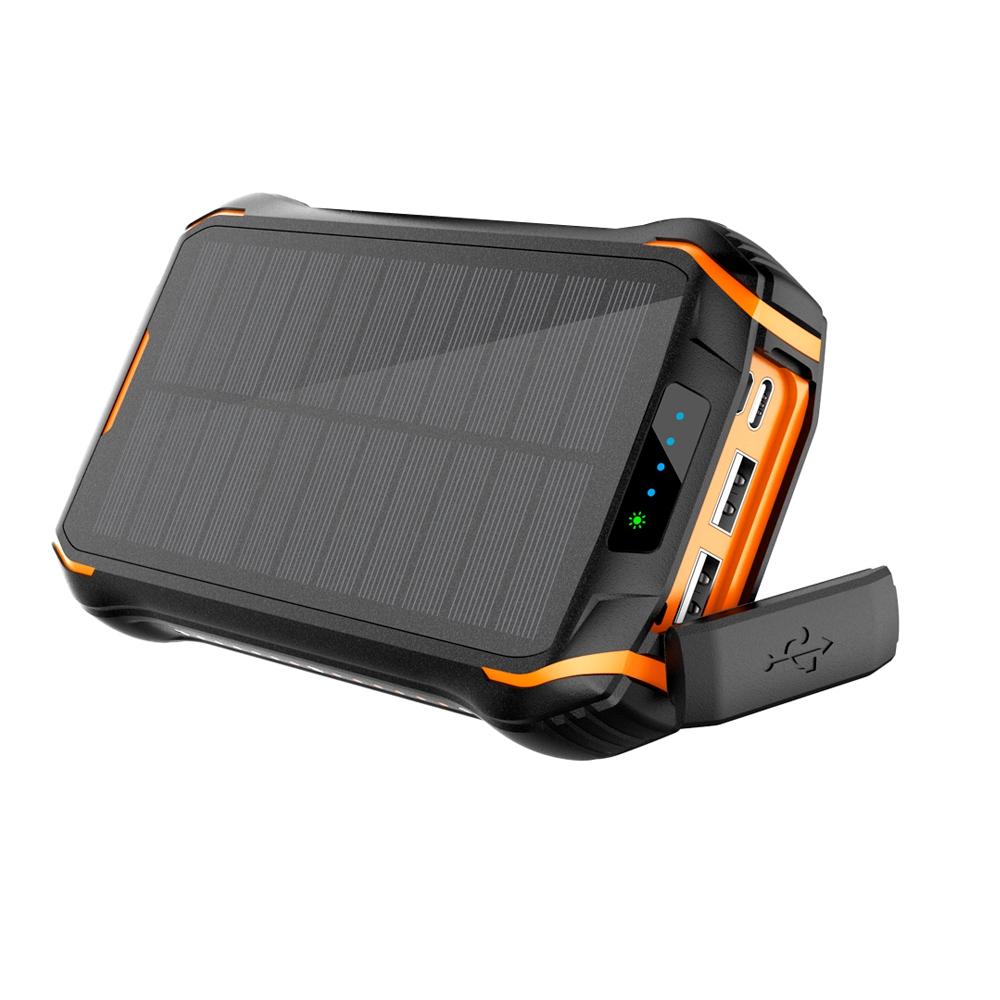
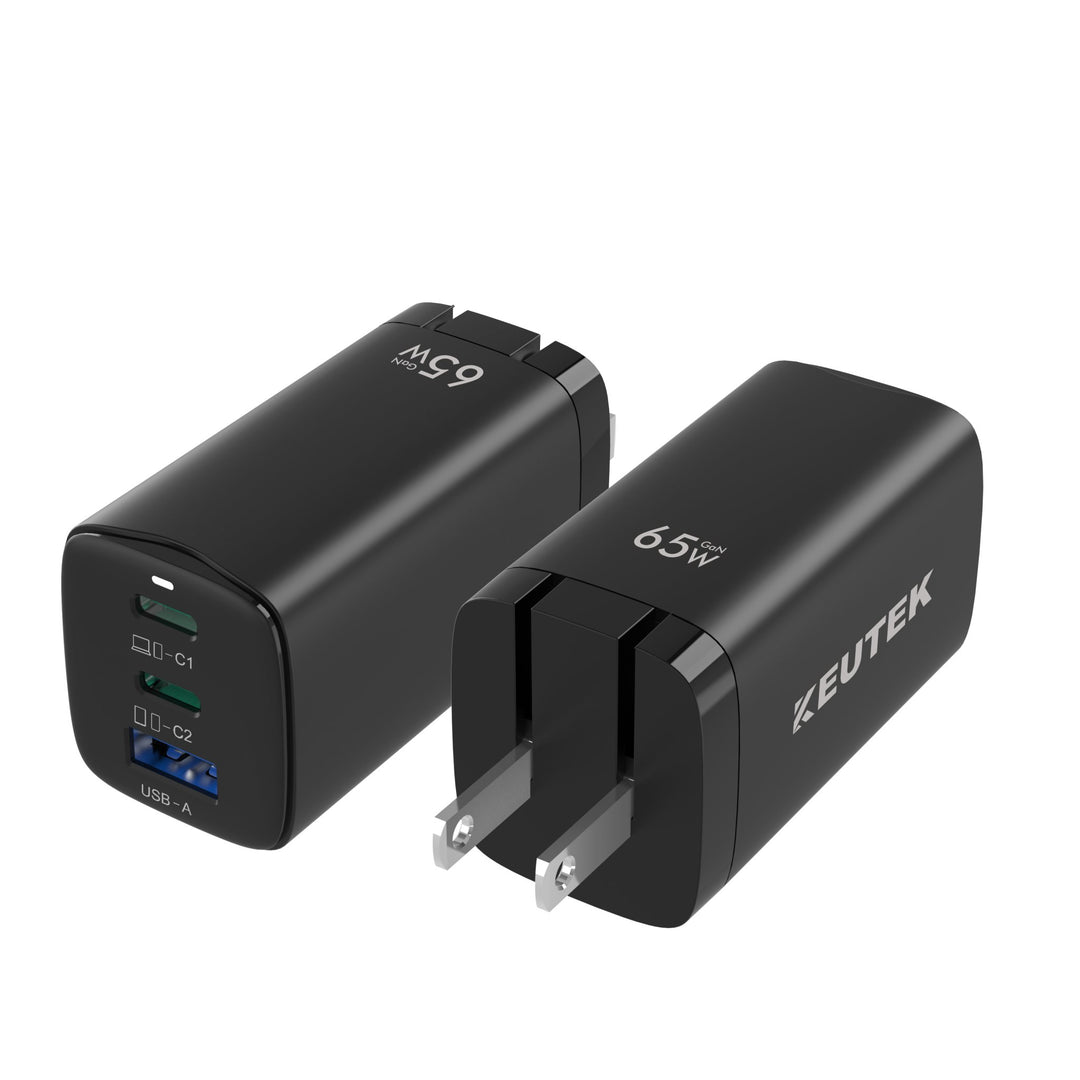
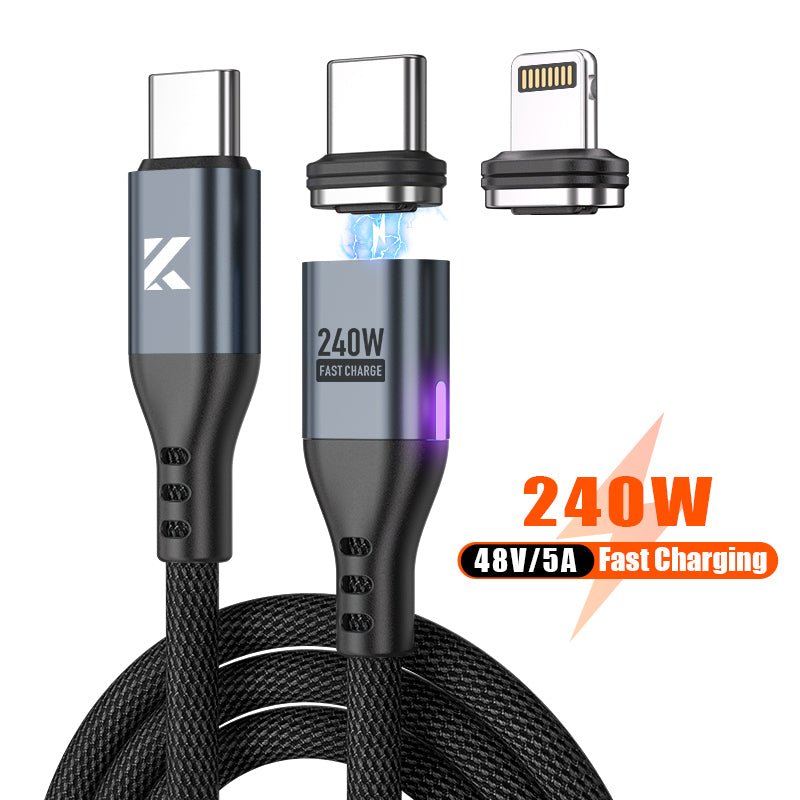
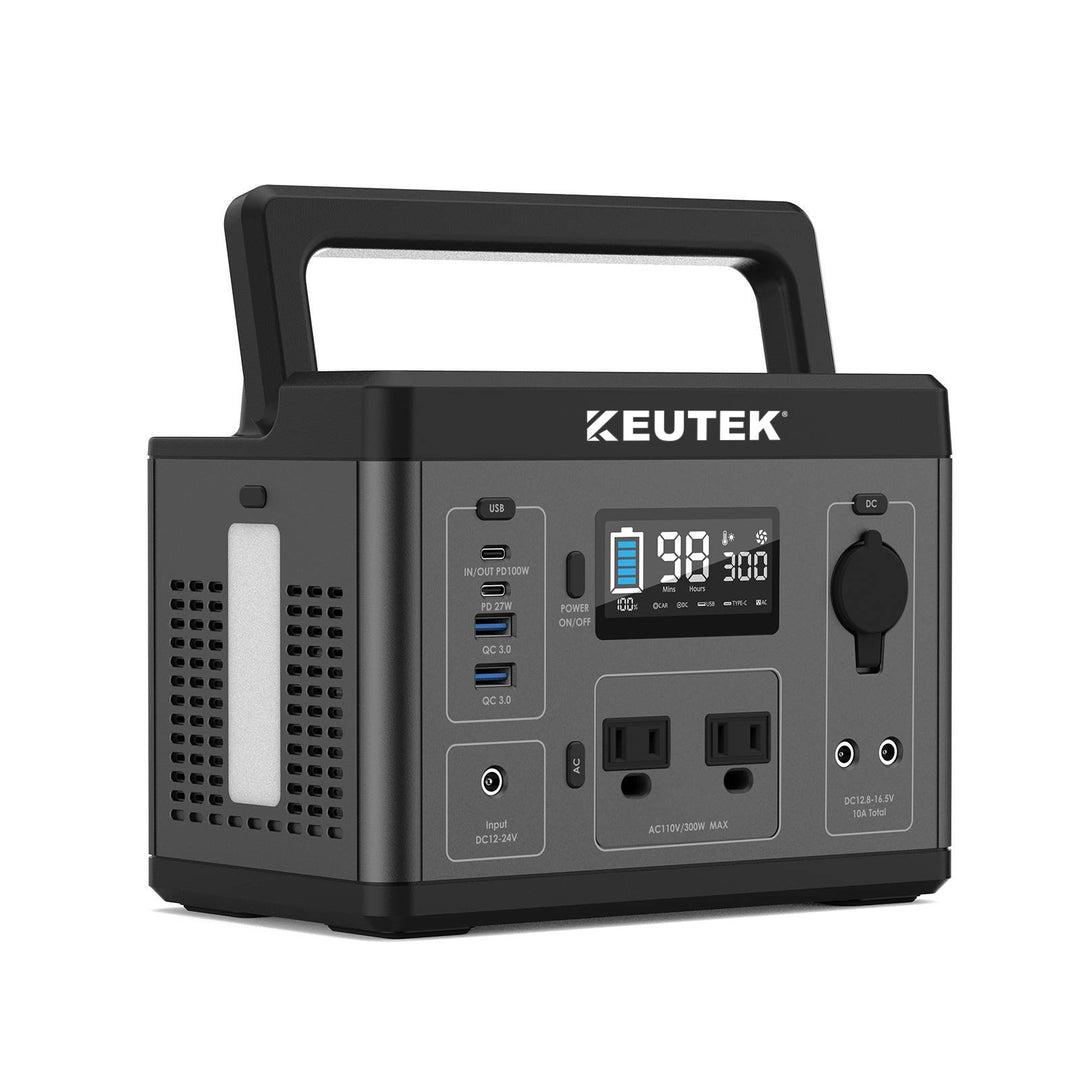
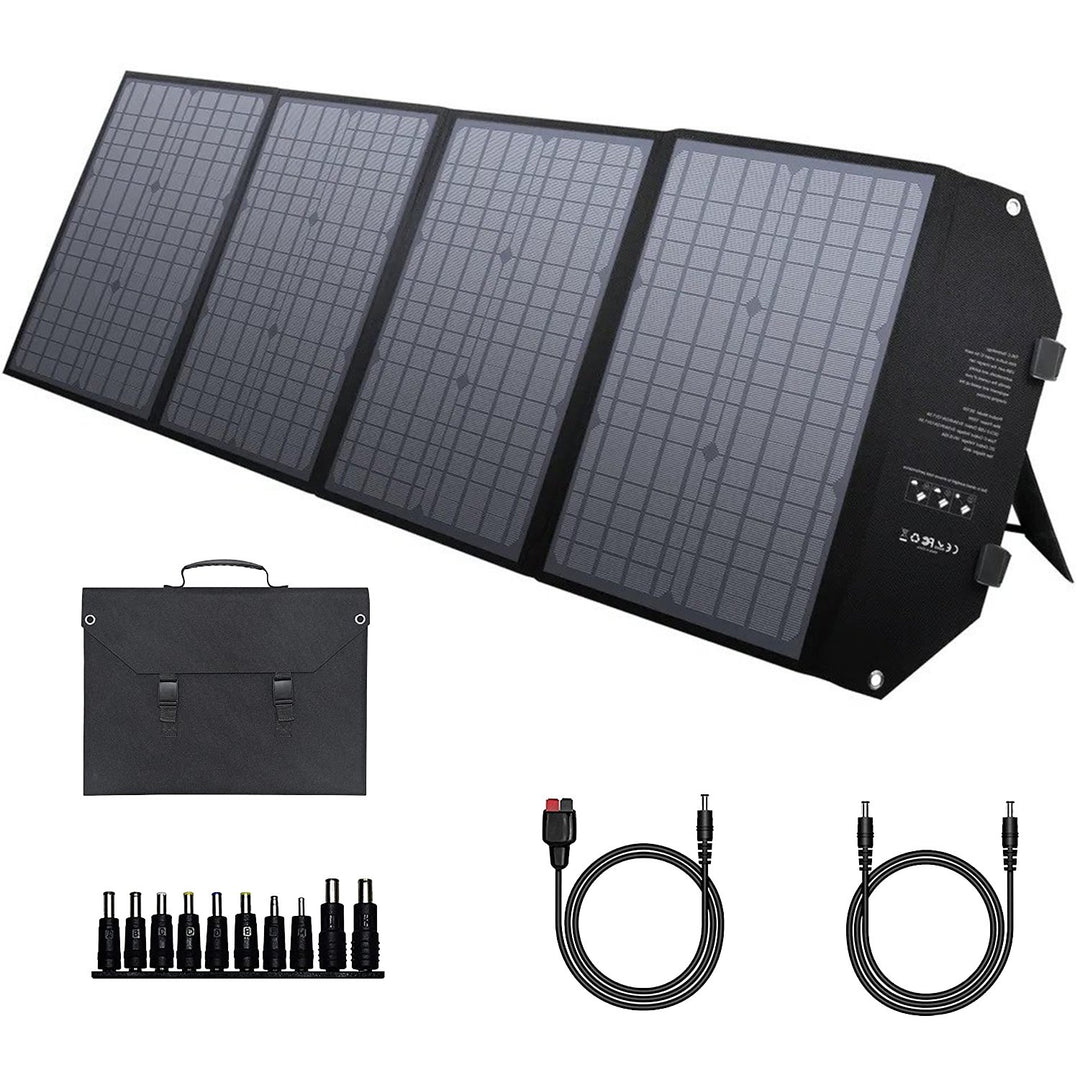
Leave a comment